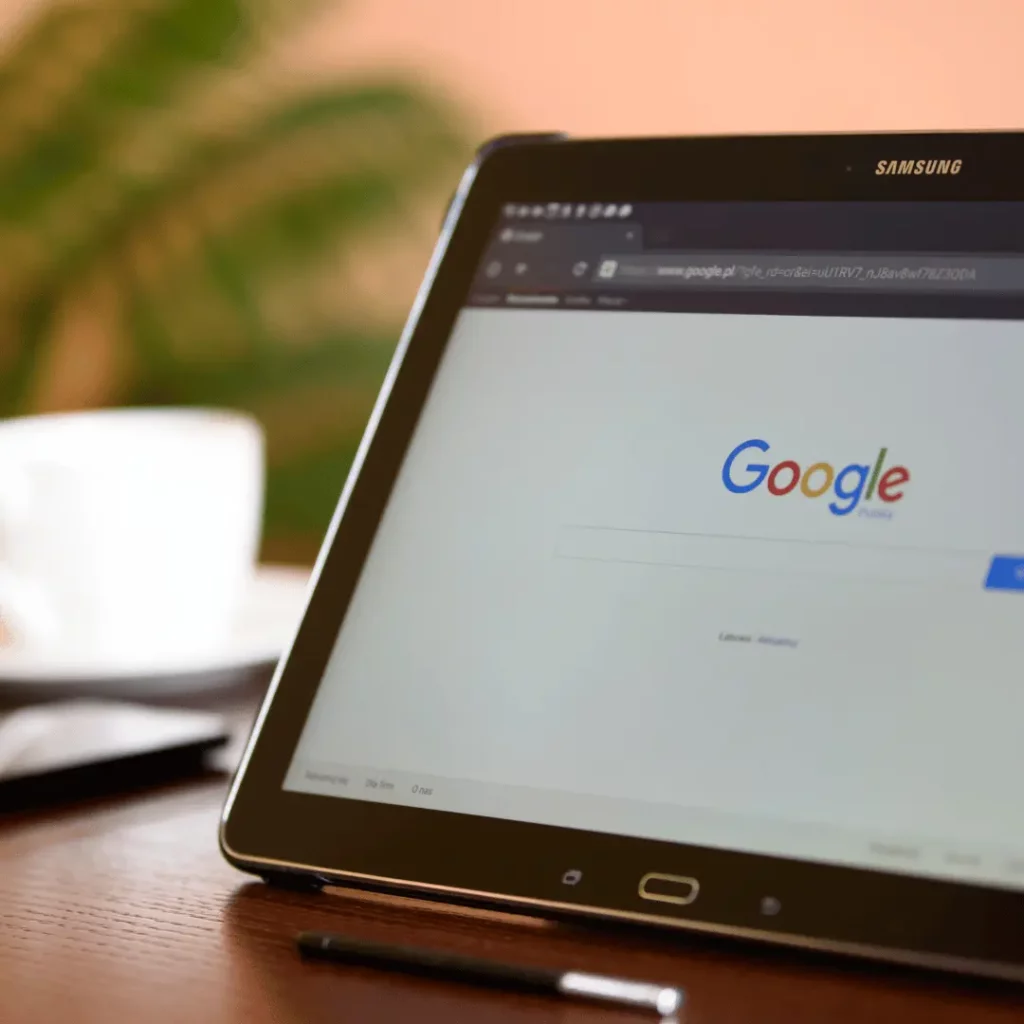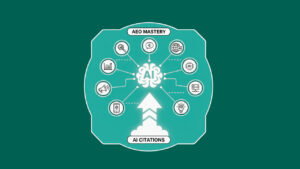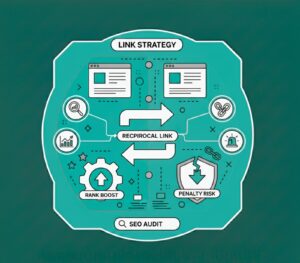Best Practices for PPC Landing Page Optimisation
Blogs | PPC
Written By: Nyah Mallen
Blogs | PPC
Written By: Nyah Mallen
Introduction
If you’re running Pay Per Click (PPC) ads for your business, you know that getting clicks is only half the battle. The real challenge lies in turning those clicks into paying customers. This is where your landing page plays a pivotal role.
A poorly optimised landing page can lead to high bounce rates, wasted opportunities, and a greater cost per conversion. In contract, a well-designed landing page significantly increases the chances of turning visitors into valuable customers. In fact, according to Embryo, landing pages have a 160% higher conversion rate than other online signup pages.
However, PPC landing page optimisation goes beyond just adding keywords and Calls to Action (CTAs). That’s why, in this article, we’ll explore the key strategies and best practices for optimising your landing pages, helping you maximise conversions and make the most of your advertising budget.

What Makes a High-Converting PPC Landing Page?
Unlike organic landing pages, PPC landing pages are designed to guide users toward a specific action. But before we dive into optimisation techniques, let’s first look at the key elements of an effective PPC landing page:
- A Clear and Compelling Headline: Capture attention instantly and reinforce the message from the ad.
- A Strong, Action-Driven CTA: Direct visitors with a clear, concise call to action that tells them what to do next.
- Persuasive Copy: Focus on solving customer pain points and demonstrating how your product or service provides value. Don’t just list features.
- Minimal Distractions: Eliminate navigation links and unnecessary content that could divert visitors from the main goal.
- Fast Loading Speed & Responsive Design: Ensure a smooth user experience by optimising for speed and mobile devices to reduce bounce rates.
If your landing page is missing any of these crucial elements, it’s time for an upgrade.
Make An Offer They Can't Refuse
Many business owners make the mistake of driving traffic to a landing page without a compelling offer. PPC ads are most effective when they lead to an irresistible offer. Here’s how to refine yours:
- Match User Intent: Ensure your offer directly addresses the visitor’s pain points and provides a solution that aligns with their needs.
- Use Clear Language: The clearer your message, the higher the likelihood of conversion. Visitors are unlikely to sign up for or purchase something they don’t fully understand.
- Maintain Consistency: If your ad uses specific keywords, ensure these are reflected on your landing page as well. Relevance is key to maintaining trust and improving conversions.
For example:
A plumber running Google Ads for emergency repairs might use a headline like “Same-Day Emergency Plumbing Repairs”. This directly speaks to the urgency of the visitor’s needs, unlike a generic “Plumbing Services Available” message, which lacks the urgency required to drive action.

Landing Page Design & User Experience Best Practices
You don’t need a flashy design for your landing page, as simplicity often wins. Here’s how to create a user-friendly landing page that encourages conversions:
- Use a single, dominant CTA: Don’t confuse visitors with multiple options. Stick to one clear action, like “Get Your Free Quote Now” or “Book Your Free Call”.
- Make the CTA Stand Out: Use high-contrast colours for buttons and place them strategically. Your primary CTA should be placed above the fold so that it’s immediately visible without needing to scroll. Additional CTAs can be put in spots receiving a lot of attention from visitors.
- Leverage White Space: A cluttered page overwhelms visitors. Keep your page clean and focused. Guide your visitors through the page with an easy to follow structure.
- Use Directional Cues: Arrows, images, or eye-tracking techniques can help to naturally guide your users towards the CTA.
For more tips on web design, why not read our article on our top 10 essential web design principles?
Build Trust with Social Proof
Many small business owners underestimate the powerful impact trust signals can have on conversions. If visitors don’t trust you, they’re unlikely to take action. In fact, studies show that adding just three lines of testimonials to a landing page can increase conversion rates by up to 34%.
Here are some effective forms of social proof to consider adding to your page:
- Testimonials & Reviews: Highlight genuine customer experiences to build credibility and trust.
- Trust Badges & Certifications: Display security badges, industry accreditations, or awards to reinforce your reliability and professionalism.
- Data & Statistics: Statements like “Over 10,000 happy customers” or “Rated 4.9/5 stars on Google” provide reassurance and set clear expectations for visitors.
- Risk-Free Guarantees: Reduce perceived risks by offering money-back guarantees or satisfaction promises where applicable.

A/B Test to Find Out What Works
Even experienced digital marketers don’t always get landing pages right on the first attempt. A/B testing helps to identify what works best.
What to Test:
- Headlines: Does “Save 30% Today” work better than “Get a Free Quote”?
- CTA Button Colour & Wording: “Sign Up Now” vs. “Get Started”
- Experiment with Images: Are certain visuals more engaging than others? Does a photo of your product or service work better, or someone using your product or service?
- Form Length: Does asking for fewer details boost conversions?
- Privacy Policy: Does reaffirming that client information will not be shared with third parties improve signups?
Use tools like Unbounce and VWO to test small changes and track results. This can help you to continuously refine your landing page and improve your conversion rates.
Mobile & Page Speed Optimisation
Did you know that users are 32% more likely to bounce if it takes 1-3 seconds to load? And this likelihood only increases the more that loading time increases. Speed is critical, especially for mobile users.
How Can You Speed Up Your PPC Landing Page?
- Optimise Images: Compress large files to below 100KB and export them in next gen formats for optimal loading times.
- Minimise Redirects: Too many redirects slow things down.
- Use a Fast Hosting Provider: A good server connection ensures quicker loading.
- Enable Caching: Helps returning visitors to load your page faster.
Mobile-Friendly Best Practices:
- Ensure buttons are large enough for touchscreens.
- Avoid pop-ups that are hard to close.
- Use responsive design to adapt to different screen sizes.

Track & Measure Performance
You can’t improve what you don’t measure. Make sure you track these key metrics:
- Conversion Rate: The percentage of visitors who complete the desired action.
- Bounce Rate: If it’s high, users may not be finding what they expected.
- Cost Per Conversion (CPC): Ensures you’re getting value from your ad spend.
- Heatmaps & Session Recordings: Tools like Hotjar show how users interact with your page.
Regularly reviewing these metrics helps you spot areas that need improvement and prevent wasted ad spend.
Common Mistakes to Avoid
- Sending traffic to a homepage instead of a dedicated landing page
- Using generic messaging that doesn’t match the ad
- Overloading the page with distractions (navigation bars, unnecessary links, etc.)
- Failing to optimise for mobile users
- Ignoring A/B testing and data insights
Avoiding these mistakes will put you ahead of many competitors who are still making them.

Final Thoughts
The importance of PPC landing page optimisation for conversions starts with creating a seamless experience. Just as a well-organised store layout leads customers to make a purchase, a well-optimised landing page guides visitors to take action.
To convert your visitors, your landing page needs to first engage them with a compelling headline, clear messaging, and a strong CTA. By aligning your offer with user intent and reducing the number of distractions, you create a smooth path for users to complete your desired action. Trust signals, persuasive copy, and fast-loading pages further increase the chances of conversion.
PPC landing pages are a vital tool for maximising your advertising budget and turning clicks into real revenue. By implementing these optimisation strategies, you can create pages that not only attract visitors but also convert them into loyal customers.
If you’re unsure of where to start, we’re here to help! At Midland Marketing, we specialise in PPC landing page optimisation so your landing pages help to deliver measurable results for businesses, helping you get the most out of your campaigns.

Written by - Nyah Mallen
Meet Nyah – A Digital Marketer Who Lives and Breathes SEO!
With a Bachelor’s in Digital Marketing, Nyah brings a ton of expertise across different sectors, helping businesses grow online. She’s all about SEO, making sure content gets seen by the right people.
Outside of work, she’s a proud cat person and a big fan of Dungeons & Dragons—whether she’s strategising campaigns or epic quests, she’s always got a plan!
Want some more?
Latest Insights & News

Revolutionising Marketing: The Rise of Situational Content Strategies
Situational content strategies involve tailoring content to specific moments, contexts, or audience behaviours. By aligning content with real-time trends, seasonal needs, and user intent, brands can increase relevance, improve engagement, and strengthen SEO performance.

Smart Ways to Identify and Fill Content Gaps Fast: A Complete Strategy Guide
Content gaps refer to missing information, unanswered questions, or underserved topics in your existing content. Identifying these gaps helps you create targeted, high-value pages that improve search visibility, satisfy user intent, and outperform competitors.

Reciprocal Links in SEO: Do They Still Boost Rankings or Risk Penalties?
For the keyword “reciprocal links SEO,” focus on explaining how reciprocal linking works today. Reciprocal links are not harmful by default, but Google can flag excessive or manipulative link exchanges. To stay safe, only exchange links when they are contextually relevant, natural, and valuable to users.
